
To cut U.S. greenhouse gas emissions in half within a decade, the Biden administration’s goal, the U.S. is going to need a lot more solar and wind-power generation, and lots of cheap energy storage.
Wind and solar power vary over the course of a day, so energy storage is essential to provide a continuous flow of electricity. But today’s batteries are typically quite small and store enough energy for only a few hours of electricity. To rely more on wind and solar power, the U.S. will need more overnight and longer-term storage as well.
While battery innovations get a lot of attention, there’s a simple, proven long-term storage technique that’s been used in the U.S. since the 1920s.
It’s called pumped hydro energy storage. It involves pumping water uphill from one reservoir to another at a higher elevation for storage, then, when power is needed, releasing the water to flow downhill through turbines, generating electricity on its way to the lower reservoir.
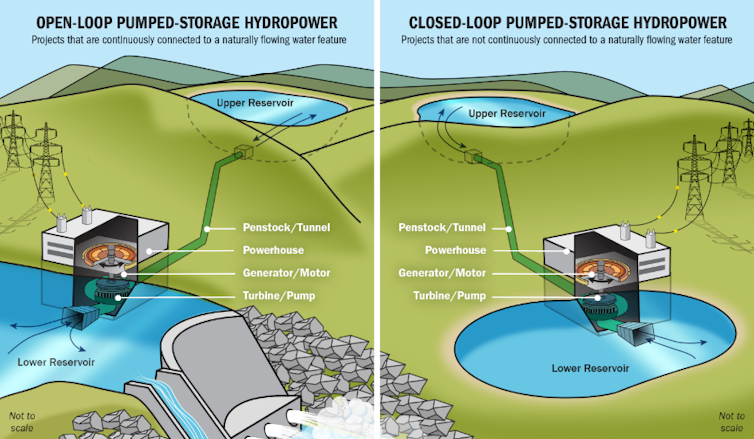
Pumped hydro storage is often overlooked in the U.S. because of concern about hydropower’s impact on rivers. But what many people don’t realize is that most of the best hydro storage sites aren’t on rivers at all.
We created a world atlas of potential sites for closed-looped pumped hydro–systems that don’t include a river–and found 35,000 paired sites in the U.S. with good potential. While many of these sites, which we located by satellite, are in rugged terrain and may be unsuitable for geological, hydrological, economic, environmental or social reasons, we estimate that only a few hundred sites are needed to support a 100% renewable U.S. electricity system.
Why wind and solar need long-term storage
To function properly, power grids must be able to match the incoming electricity supply to electricity demand in real time or they risk shortages or overloads.
There are several techniques that grid managers can use to keep that balance with variable sources like wind and solar. These include sharing power across large regions via interstate high-voltage transmission lines, managing demand, and using energy storage.
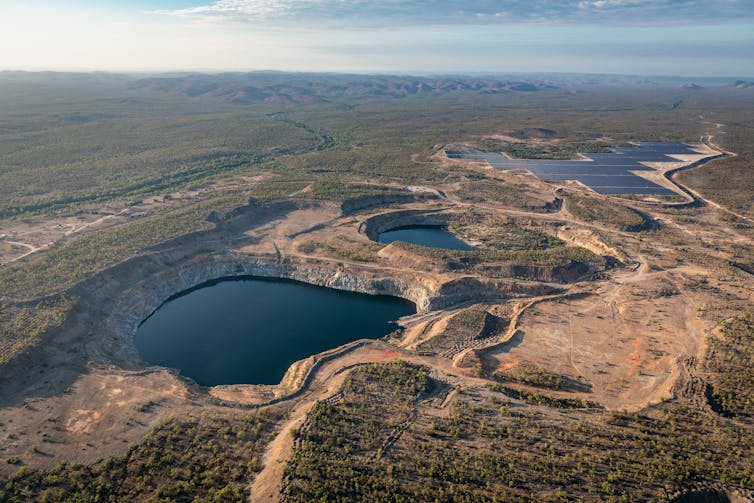
Batteries deployed in homes, power stations, and electric vehicles are preferred for energy storage times up to a few hours. They’re adept at managing the rise of solar power midday when the sun is overhead and releasing it when power demand peaks in the evenings.
Pumped hydro, on the other hand, allows for larger and longer storage than batteries, and that is essential in a wind- and solar-dominated electricity system. It is also cheaper for overnight and longer-term storage.
Off-river pumped hydro energy storage
In 2021, the U.S. had 43 operating pumped hydro plants with a total generating capacity of about 22 gigawatts and an energy storage capacity of 553 gigawatt-hours. They make up 93% of utility-scale storage in the country. Globally, pumped hydro’s share of energy storage is even higher–about 99% of energy storage volume.
Pump hydro projects can be controversial, particularly when they involve dams on rivers that flood land to create new reservoirs and can affect ecosystems.
Creating closed-loop systems that use pairs of existing lakes or reservoirs instead of rivers would avoid the need for new dams. A project planned in Bell County, Kentucky, for example, uses an old coal strip mine. Little additional land is needed except for transmission lines.
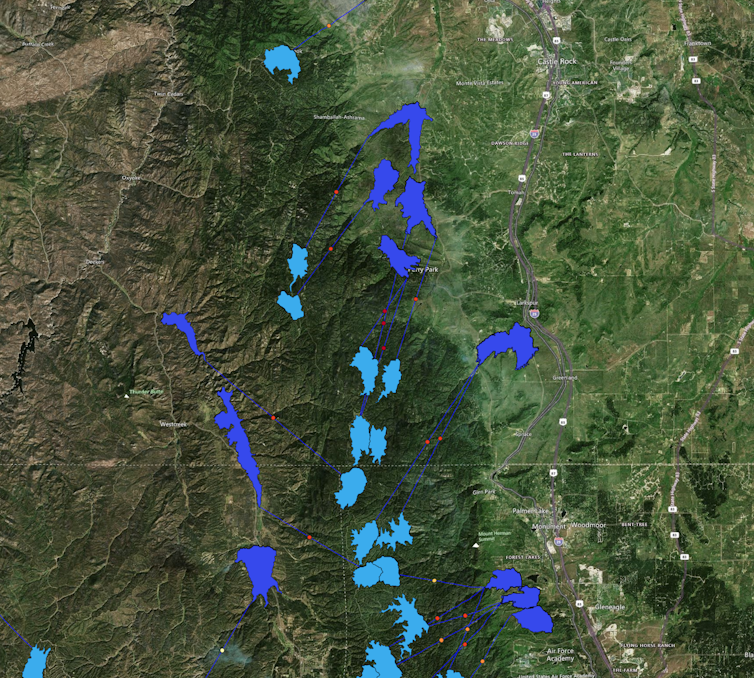
An off-river pumped hydro system comprises a pair of reservoirs spaced several miles apart with an altitude difference of 200-800 meters (about 650-2,600 feet) and connected with pipes or tunnels. The reservoirs can be new or use old mining sites or existing lakes or reservoirs.
On sunny or windy days, water is pumped to the upper reservoir. At night, the water flows back down through the turbines to recover the stored energy.
A pair of 250-acre reservoirs with an altitude difference of 600 meters (1,969 feet) and 20-meter depth (65 feet) can store 24 gigawatt-hours of energy, meaning the system could supply 1 gigawatt of power for 24 hours, enough for a city of a million people.
The water can cycle between upper and lower reservoirs for a hundred years or more. Evaporation suppressors— small objects floating on the water to trap humid air—can help reduce water evaporation. In all, the amount of water needed to support a 100% renewable electricity system is about 3 liters per person per day, equivalent to 20 seconds of a morning shower. This is one-tenth of the water evaporated per person per day in the cooling systems of U.S. fossil fuel power stations.
Storage to support 100% renewables
Little pumped storage has been built in the U.S. in recent years because there hasn’t been much need, but that’s changing.
In 2020, about three-quarters of all new power capacity built was either solar photovoltaics or wind power. Their costs have been falling, making them cheaper to build in many areas than fossil fuels.
Australia is installing solar and wind three times faster per capita than the U.S. and is already facing the need for mass storage. It has two systems under construction that are designed to have more energy storage than all the utility batteries in the world put together; another dozen are under serious consideration. None involve new dams on rivers. The annual operating cost is low, and the working fluid is water rather than battery chemicals.
Shifting electricity to renewable energy and then electrifying vehicles and heating can eliminate most human-caused greenhouse gas emissions. The U.S. has vast potential for off-river pumped hydro storage to help this happen, and it will need it as wind and solar power expand.
All three authors are associated with Australian National University. Andrew Blakers is a professor of engineering, and both Bin Lu and Matthew Stocks are research fellows. This article originally appeared at The Conversation.
Weekly Newsletter
Get building science and energy efficiency advice, plus special offers, in your inbox.




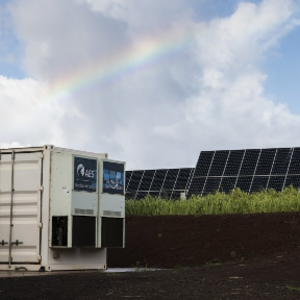
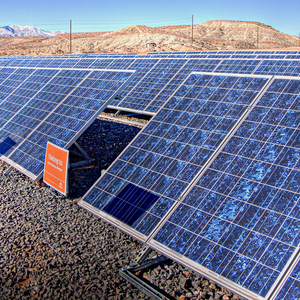
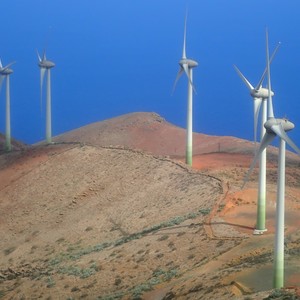
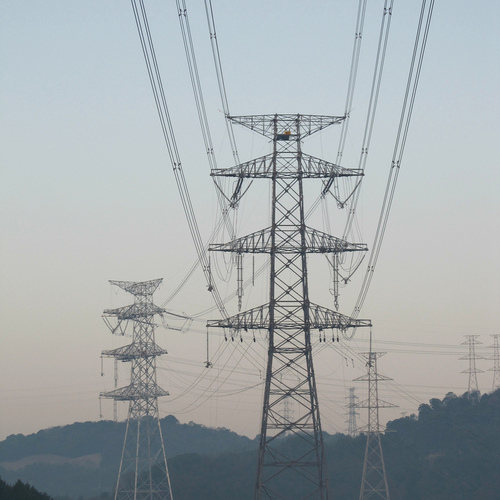






19 Comments
I love innovative thinking like this. Have the solar panels floating in the lakes, and you solve the land issue as well and it reduces evaporation on the lakes...
To follow that thought experiment:
For the two 250 acre lakes described above, and optimistically assuming that solar can cover 50% of the lakes (there has to be space between for boat access for maintenance, the panels need more space between them because they can move/damage each other, and there can be shading along the banks/hills at the edges), that's 250 acres of solar panels.
It takes 2.5-3.5 acres of fixed solar to generate 1GWh/yr (https://www.nrel.gov/docs/fy13osti/56290.pdf), so that 250 acres of solar on the lake could produce 250 acres / (3 acres/GWh/yr) = 83 GWh/year.
83 GWh is a little more than 3 days worth of energy for the city of 1M people. That's something, but unless I've made a math mistake, it's less than 1% of that 1M person city's annual energy needs.
It's analogous to (but even less compelling than) putting solar panels on electric cars. In that case, the panels can provide about 2 miles of range on a clear day.
Dan: try explaining your solar EV calculations to the folks at Lightyear One, who are close to marketing a solar EV: https://en.m.wikipedia.org/wiki/Lightyear_One
Also China and several other countries are investing billions in floating solar panels, so they might disagree with you as well.
Mike.
Unless the two lakes have other uses along with pumped energy storage, such as recreational use, they are, using Dan's assumptions, 250 acres of almost free space. While I do not know the relative costs of building and installing and maintaining floating solar cell installations compared to rooftop installations where we are installing much of our photocells today, I would expect the efficiencies of installing 250 acres at one site beats installing the same amount of cells on 5000 to 10,000 rooftops (figuring on 1000 to 2000 square feet of cells per roof.
Seems to me any discussion of pumped hydro without the Taum Sauk disaster is one sided at best.
https://en.wikipedia.org/wiki/Taum_Sauk_Hydroelectric_Power_Station
Walter,
Could you expand on what you think we should take from what happened at Taum Sauk?
Seems to me the same bean counters that own and run the nuclear plant Taum Sauk is storing energy from cut the budget until no humans were left on the site and operated the entire system remotely.
Every form of stored energy is a potential disaster that needs and deserves respect.
Walta
Yeah, the way they set it up was a recipe for some sort of failure. We have a hydro dam just down the road from us. A recent seismic evaluation showed it would collapse in a good sized shake. They ended up buying all the houses in the town at the river mouth, and installing emergency sirens to warn passers by.
That seems like a pessimistic view of the events. Look, the dam worked exactly as specified, or even better for over 40 years. OK, there was a little glitch in 2005, but the impound was rebuilt and now it's even better than ever.
Some people are never satisfied...
Peter,
I agree. The shortcomings were unrelated to pumped hydro. It is odd though that someone would think it was a good idea to completely monitor a dam remotely.
With that train of thought, we should think of the Deepwater Horizon disaster, or the Exxon Valdez.
While I agree that stored energy needs to be treated with respect, but that means ALL stored energy. That includes batteries (of all types) and fossil fuels.
I had a fascinating tour of a pumped hydro plant located in Wales back in the '90's. HUGE turbines.
More recently I've read of small modular systems that don't require mountains. More like football field size ponds. And more like these:
https://www.energy.gov/eere/water/articles/low-cost-modular-pumped-storage-can-be-installed-anywhere-ornl-glides-project
I wonder how many of the sites identified in North America are old mining sites.
Can we just start building commercial nuclear plants in America again instead?
The Ludington pumped hydro plant on Lake Michigan is another example of this form of storage (https://en.wikipedia.org/wiki/Ludington_Pumped_Storage_Power_Plant). Although It has an elevation change of only 363 feet, it has a 1.9GW generating capacity and 19GWh of storage.
The Great Lakes seem like a hugely underutilized resource for pumped storage. There are likely more suitable sites for pumped hydro but not enough incentive to build more when plants like Ludington are mostly storing off-peak fossil-fuel and nuclear sourced energy.
Also, waterfront real estate has gotten more expensive since the 1970s.
I would really like to see an article about how much energy could be created by simple conservation. In 1985, yes in 1985, I read an article in Readers Digest, yes Readers Digest, which included a chart that illustrated the potential sources for future energy. Without even a clue about the possible gains in efficiency in electric use we have seen since then, the best potential the author identified was in conservation.
We don't hear much about conservation because it has two major flaws. One, it isn't a big sexy technological miracle, and two, Americans adamantly resist anything that doesn't embody the cornucopia myth of endless free lunch. We gotta mine that bitcoin, boys, and we haven't even started up the Metaverse yet. We better get some new power soon.
Brian, thanks for the laugh! So true, conservation is pivotal. The bit coin mining thing is a stunning testament to how inexpensive energy is in North America. Burn baby burn!
Agreed. Plan accordingly.
Brian: Absolutely. The best energy system by far is one you don't have to create in the first place. Fortunately ideas like Living Buildings and Net Zero are becoming more commonplace. In London, ON there's a group planning a new community on 70 acres that is intended to be net zero from day one. This will include efficiency as well as community power generation.
Mike.
I think one thing we can agree on is that massive change needs to happen around the world. We can likely also agree that there is no one-size-fits-all solution. Pumped hydro, done properly, can be a part of that solution. In Denmark, they were early adopters of off-shore wind farms. They're currently building an island off the coast to serve as an energy center. Part of that includes wind generation, and part is also using excess energy generation to produce green hydrogen. Hydrogen can be stored, then burned to generate electricity or it can be used to power ships, aircraft, etc. There are a few electric aircraft about but the batteries cause weight and balance changes and they're somewhat range-limited. There are electric ferries in Norway, but electric ocean-going ships are not possible today. Green hydrogen could fit in there too.
Mike.
Log in or create an account to post a comment.
Sign up Log in